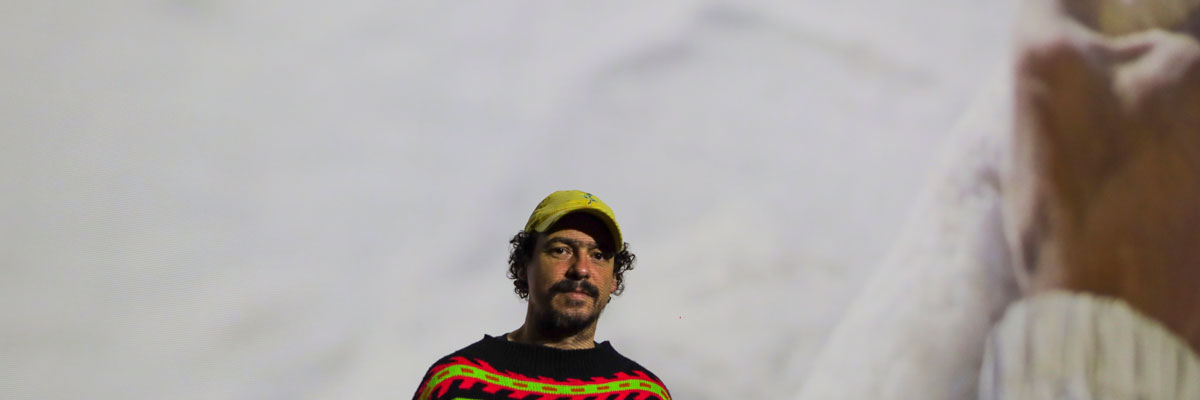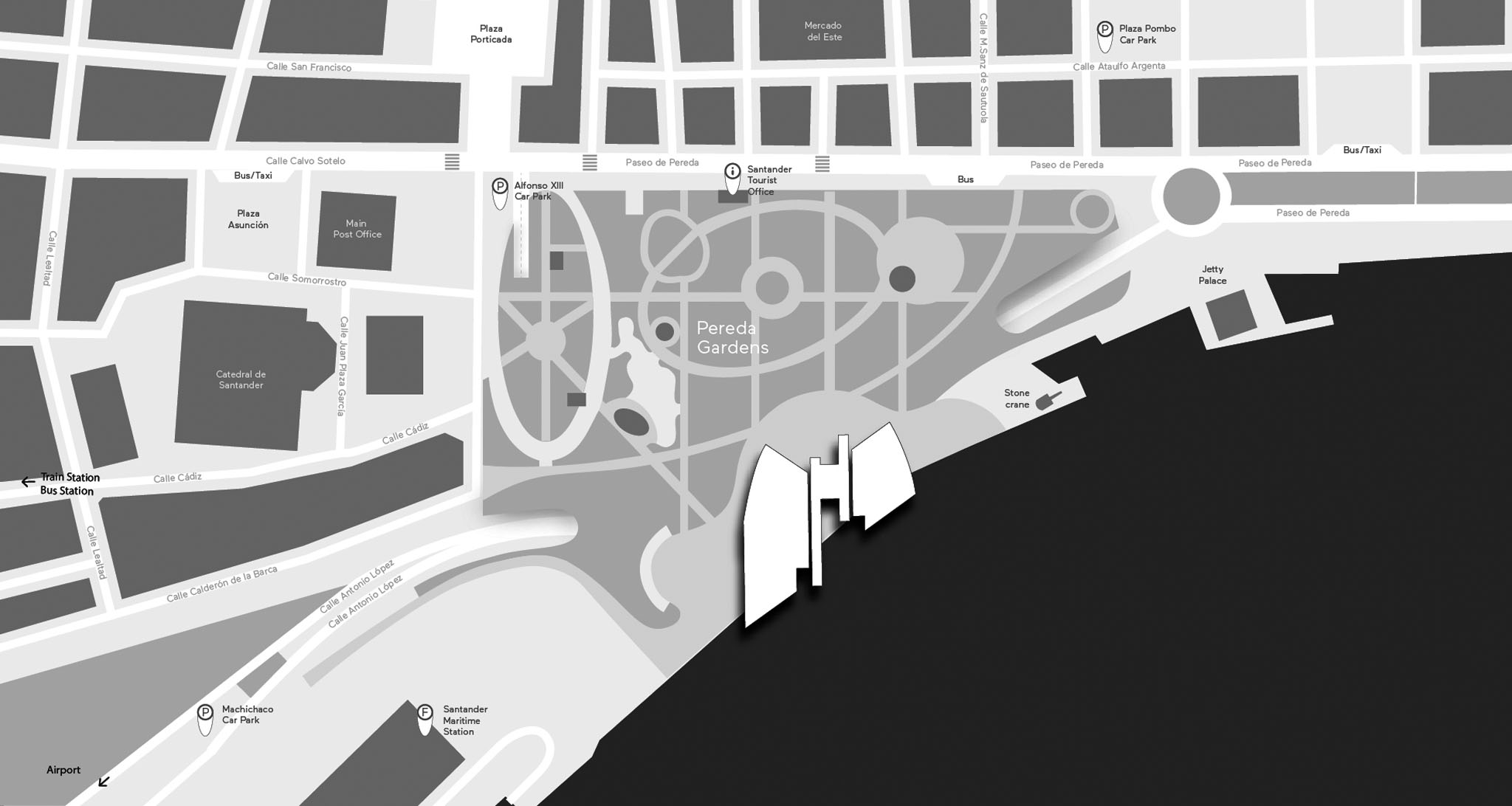
Alfonso Borragán
SANTANDER, SPAIN, 1983
Halito is an artistic investigation process which leads to the creation of a film on the ingestion, cultivation, rituality and material poetics of salt. Both the process and the film are framed within a broader project called Litofagos on the ingestion of stones and their inscription on the human body. Litofagos is activated through a series of collective actions and reflects on different forms of ingestion and transformation processes that affect the organisms and objects that consume them. Through collection action, the project seeks to reconstruct the boundaries between subjects and things, between biological and non-biological matter.
The film is the outcome of the work and collective process undertaken with the communities of Chijllapata, Tahua and Jaruma in the highlands of Bolivia with the co-direction of the filmmaker Alvaro Sau. The process itself is an action to transgress daily life and collectively re-imagine a place; a temporary community producing myths on its own myths, united by an artistic process without language. This community was made up of Malena Rodríguez García, Eliana Pilar Cossio Coca, Rómulo Soliz Huanca, Angélica Quizpe Mamami, Jose Flores Lopes , Wilmer Flores Copa, Nasario Copa Flores, Edgar Flores Gosales, Jairo Cortijo Gil, Vanesa González Sainz, María Soliz Chaca, Juan Huanca Quizpe, David Condory Bueno; with Reynaldo Soliz Quizpe and Dora Chaca Chungara behind the lens.
Halito was shooted along with the local residents in the southernmost part of the Bolivian altiplano, Salar de Uyuni or Tunupa. This salt desert is the sediment of the highest dry sea on Earth. With the inhabitants of Tunupa, we collectively created the script, characters and costumes, so they could perform the story that is Halito today. Halito tries to redefine the boundaries of the collective body, through a collective process channelled by ingestion, and aims to resignify the construction of the communal in a system of body and material relations.
Salt is the most common and active element of geophagy, unquestionably this stone is the most ingested by human beings. This mineral, is as necessary to maintain us alive, as it is to animate the world of beliefs and magic. Salt is the breath of our life on Earth. For Romans, it was a symbol of wealth and economics, hence the word ‘salary’, because Roman workers were paid with salt. Salt keeps the power of conservation; wherever it is, it dries out everything around it. It is one of the main preservatives that allowed long journeys between countries and continents. Yet at the same time salt is one of the greatest banes of crops; at times of war, fields would be spread with salt so that the crops wouldn’t grow, so not only their inhabitants will be exterminated but also any possibility of inhabiting that land. Salt stops the time of life, but, paradoxically, it is a stone with a human time compared to immeasurable geological time. Salt changes, grows and appears before our eyes. Salt prevents plants from growing, but it behaves in the way they do; it is a catalyst of time, the breath of our biology and belief, the nearest possibility of understanding the lithic in our body and of questioning our materiality.
Where does our body begin and that of the other begin? What are the boundaries of biological matter? What separates the exogenous from the endogenous? Can this matter inscribe itself on our bodies? Can we become it?
Everything begins with the mouth, the most vulnerable orifice in our body, the vortex of so much that keep us alive, the place of ingestion, breath, appetite, language and knowledge. Through our mouth we recognise the world, name it and distinguish ourselves from it.
Ingesting means incorporating the other in a metabolic act; it is the possibility of being transformed into a hybrid amalgam, both symbolic and physical, within our body. Eating is the biological process that allows us to incorporate the exogenous. Each ingestion is an uncontrollable mix of matter. Eating is a ritual of contamination against the normalisation and neatness that have been imposed on our mouth. By ingesting exogenous bodies, we absorb their information, transcribing and transforming our materiality.
Halite is salt. Salt is the remanent of the evaporation of the seas during the Eocene period. It is one of the evaporite
rocks that resulted from the retreat of the seas. Halite forms because seawater turns into air.
The temporality of stone is not human. Grass does not grow where there is salt. Salt stops the time of life. Salt conserves because it draws water out from inside matter, thirsty from the sea that one time was, but evaporated. Preserving is the act of preventing something from decaying. Salt freezes change; where there is salt, everything seems inert because time is different. Our understanding of the stone is only a fraction of a second of its existence.
Ingesting
is
a movement
outside
our skin
the boundary
between
one place
and another
Eating stone is an act of resistance against the limits of our body, a process of transforming our materiality and our relationship with a place.
Salt is alive; it is a stone that reveals on human time; it grows and breathes, perhaps because it still carries the traces of the sea inside it. Salt keeps the trace of the water in which it was once dissolved. Salt is an almost human stone; its crystals are like the flakes of our skin. A salt mine is one of the worst punishments for our body; its crystals make our skin crack until we become like it. Who knows whether for salt we are the sea that has to be dried.
Breathing is a flow of constant ingestion with the outside, the flow that keeps us alive. Giving breath means turning over; it is the vapour of the exhalation of our ingestion.
tongue
turns
self
salt
We became Litofagos, beings who eat stone, as a kind of affinity learned and inherited ancestrally to relate with the Earth.

